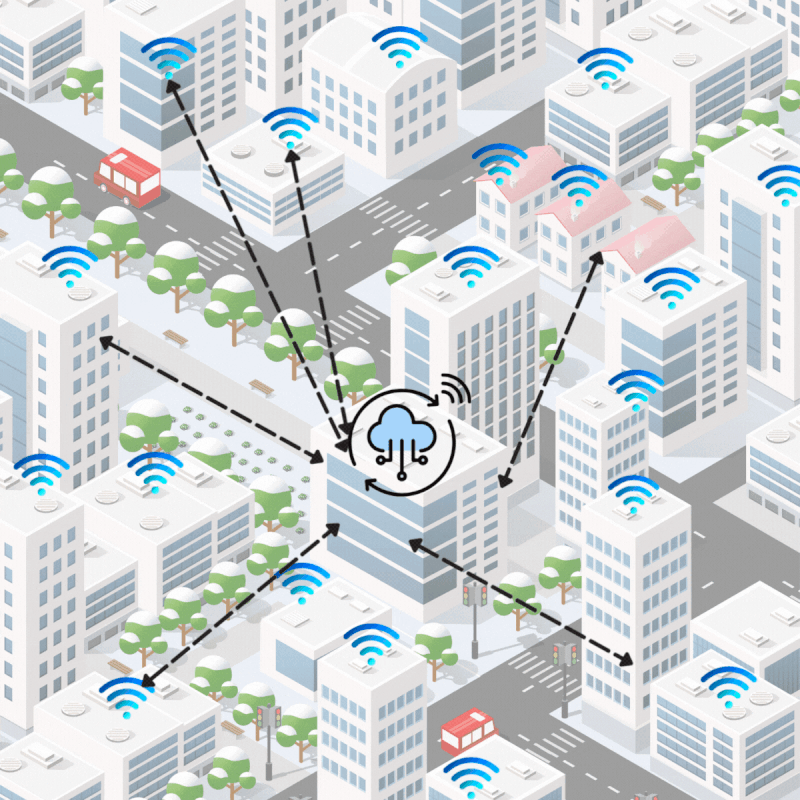
WiFi mesh networks are not just a buzzword; they’re a game-changer in the realm of embedded systems.
WiFi mesh networks are not just a buzzword; they’re a game-changer in the realm of embedded systems.
But why are they so crucial, and how does Embedded C programming harness their potential?
Understanding WiFi Mesh Networks:
A WiFi mesh network is a system of interconnected routers called nodes.
Unlike traditional WiFi, where devices rely on a single router, mesh networks spread the load across multiple nodes.
This results in robust, self-healing networks where data can take multiple paths to reach its destination, reducing points of failure.
Embedded Systems and Mesh Networks:
Embedded systems in mesh networks can communicate more reliably across larger areas. This is crucial for applications like industrial monitoring, smart cities, or IoT ecosystems.
️ Role of Embedded C:
Embedded C is at the heart of programming these devices.
It involves low-level manipulation of data, direct interaction with hardware components, and efficient management of network protocols.
Real-World Example for Infographic:
Scenario: A smart environmental monitoring system in an urban area.
Implementation: Multiple sensors (for temperature, air quality, noise levels) are spread throughout the city.
Connectivity: Each sensor is a node in a WiFi mesh network.
Role of Embedded C:Programming sensors to collect and transmit data efficiently.
Managing network protocols to ensure seamless data transmission across the mesh. Implementing security features to protect data integrity.
Embedded C Impact: Use icons or side notes to show how C programming enables each step.
Thoughts to Ponder:
How can mesh networks be optimized for different embedded applications?
What are the challenges in implementing these networks in dense urban areas vs. industrial settings?
Disclaimer – This post has only been shared for an educational and knowledge-sharing purpose related to Technologies. Information was obtained from the source above source. All rights and credits are reserved for the respective owner(s).
Keep learning and keep growing
Source: LinkedIn
Credits: Mr. Aditya Thakekar Post








